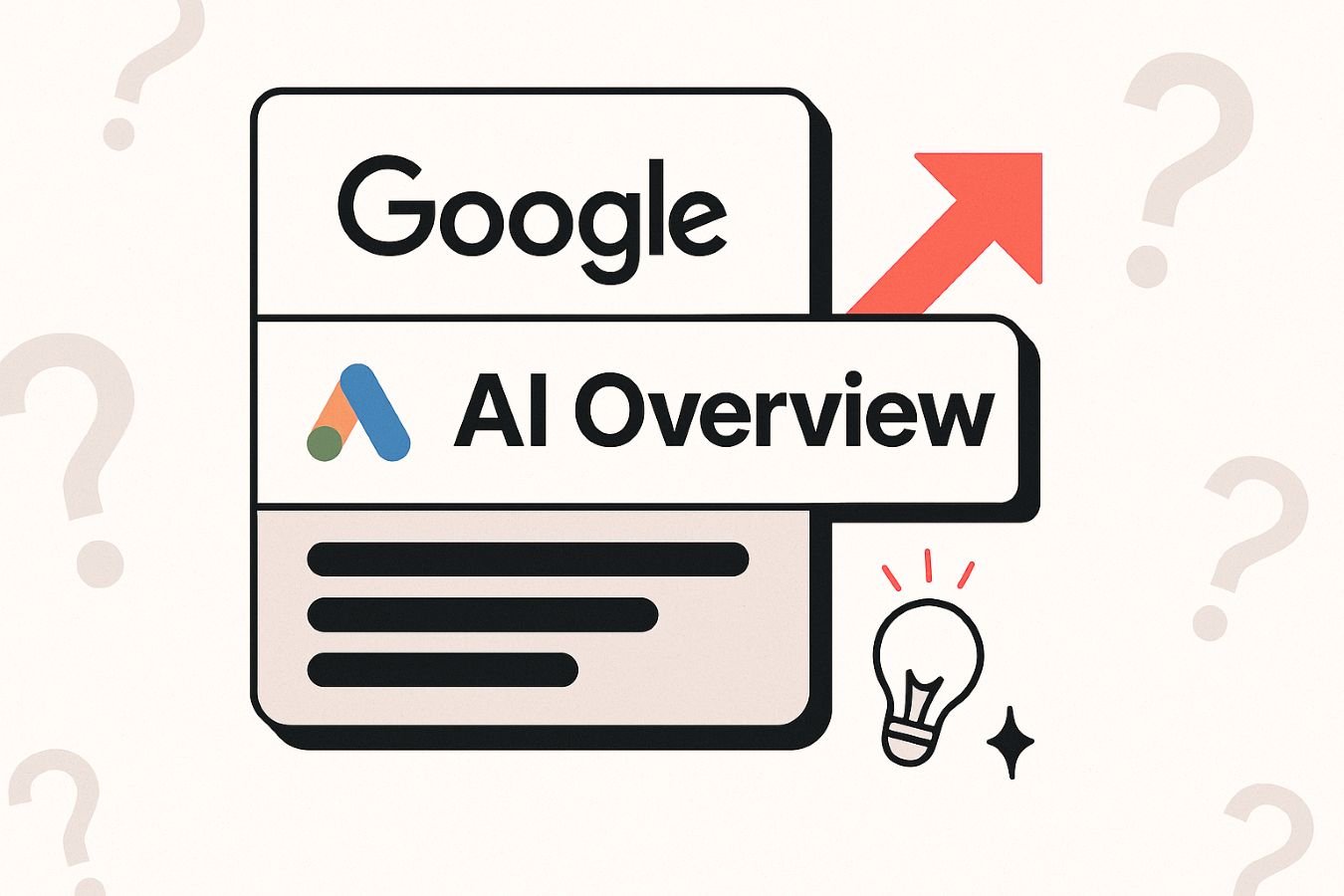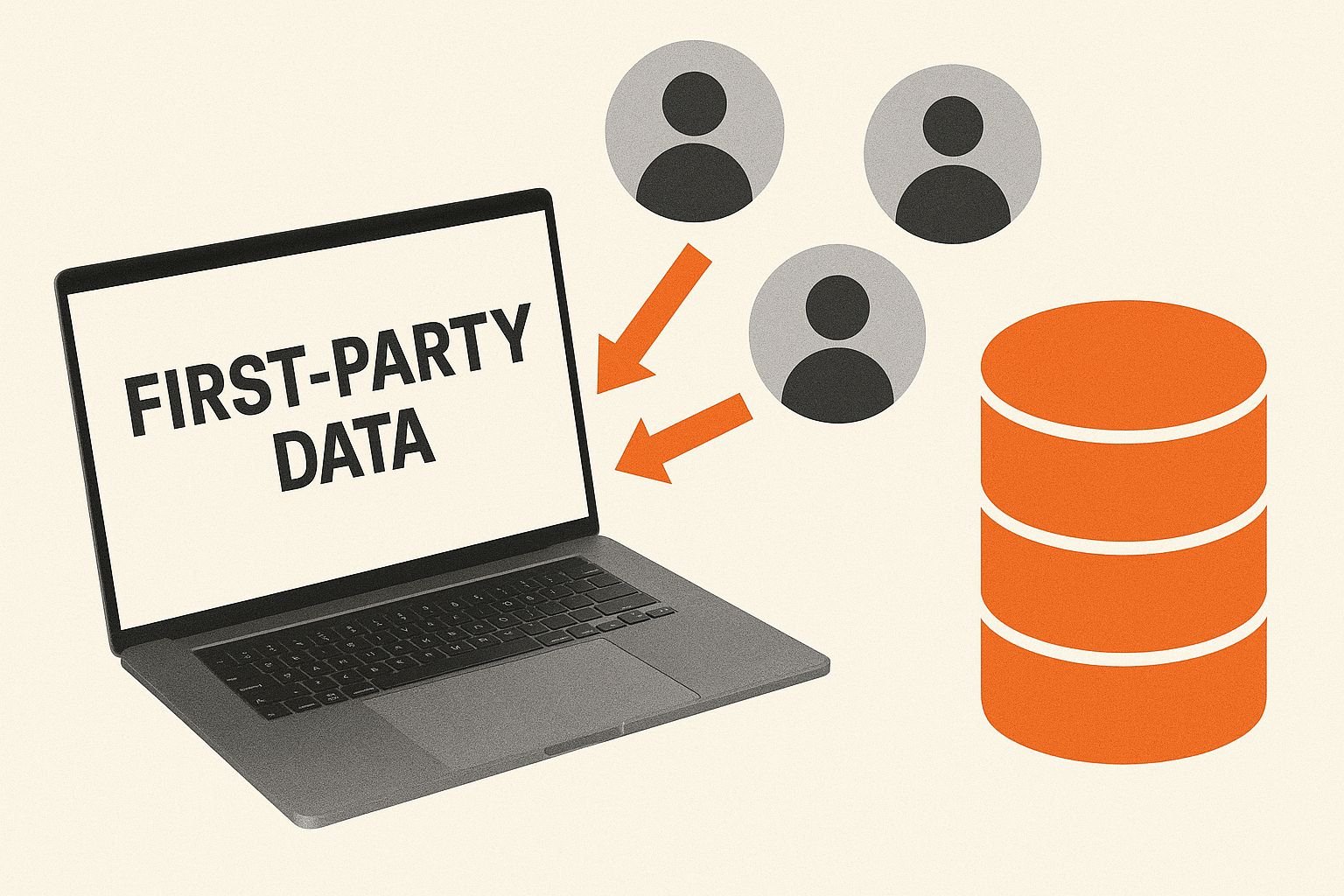For our latest Google Marketing Platform meetup I spoke about Growth Marketing and how the biggest online brands create scalable marketing.
Today, we’re going to talk about “standing on the shoulders of giants”, a summary of what I’ve learned from some of the fastest-growing companies and how you can learn from them.
What we’ll cover:
- Growth Marketing: Lessons from Marketing Giants
- Search for Consistency
- Growth Marketing Formula
- Characteristics of Growers
- Revenge Formula
- Fit
- Action
- Momentum
- Digital Marketing Maturity
- Development
- What is Digital Marketing Maturity?
- Scarcity
- Benefits
- Brands
- Digital Marketing Maturity Funnel
- How to Become Multi-Moment
- Maturity Pathway
- Steps
- Checklist
- Growth Marketing Learnings
Before we begin, a little about me:
PAUL HEWETT
- Commercial Partner @ IMWT
- Growth Engineer First. Executive Second
What is a Growth Engineer?
- Someone that designs and builds growth into businesses
- We’re not sales, marketing or product – somewhere in between
- We analyse – we can analyse data (SQL)
- We solve problems – figure out how to create opportunities
- We create solutions – workflows, systems
- We optimise performance – measure, improve
About me:
- From Wales
- Live in Sydney
- Work Global
20 years experience:
- Analysis
- Product
- Sales
- Marketing
- Design
Multi-award winner
-
- Design: New Designer Award
- Marketing: Chartered Institute of Marketing
Diverse experience
- Startups, scale-ups and enterprise
- Consumer, business, charity & government
- Global experience
Growth Marketing: Lessons from Marketing Giants
- Why I started watching giants
- What I learned about growth marketing
- How you can mimic giants
View the slides below and read on to learn more:
Search for Consistency
Story:
- 2013 started a digital agency
- Range of customers
- Our results varied significantly
- Our input was consistent
- 70/30 success
Bad experience:
- Online baking accessories company
- Signs were good – it turned out bad
- I did everything right or the same as previous
My questions:
- What are the factors which drive results?
- What can I control?
- How do I only work on successful projects?
- How do I only work with growers?
Finding answers:
- Mapped my processes = fairly consistent
- Mapped client projects = not consistent at all
- Clear trends emerged
- Not budget
- Attitude, product, strategy, execution, consistency
Only work with growers and giants
- Stack the odds of success in my favour
- 90/10 success
Growth Marketing Formula
The output of my mapping
- Revenge Formula
- Formula for growth marketing
- Any fast-growing company can be mapped against it
- Following the list you will become a “Grower”
- I run through this formula with every company I speak to
- Stack odds in my favour
So what’s in this growth formula?
5 characteristics Growers share
- Top-down traits adopted and promoted by organisations
- These are visible in most growers
3 areas growers focus on
- The building blocks of systemised growth
- The building blocks are at work in most growers
In this presentation:
- Summary of each
- Deep dive into the most relevant area for our community
Revenge Formula
5 Characteristics of Growers
1. Reverse Engineer
- The most important element
- This is all about designing successful outcomes at a macro and micro level
- Act like an engineer
- Research and define successful outcomes
- Design the solutions, systems and process to achieve them
Macro
- Business operation
- Business KPIs
Micro
- Team operations
- Team KPIs
- Personal tasks
2. Marginal Gains
Long term success is compounding margins.
- Relevant for startups and established companies
- Companies work hard for larger wins
- Inconsistent growth
- Inconsistent results
- Absorbs focus, resource & capital
- High risk
Whereas marginal gains – low risk & high impact
- Continuous focus
- Consistency provides a rhythm
- Consistent results
- Compounding growth effect MoM, QoQ, YoY
- Low risk & high impact
An example of success in the margins:
- Margins are very obvious at the top of your game
- Who has heard of Richard Thomson?
- Who has heard of Usain Bolt?
- Can you guess how much slower Richard is?
- 0.24 seconds (9.58 vs 9.82)
- 2.5%
- Yet few people have heard of Richard Thomas
- Usain gets all the glory
Compounding effect is interesting to growth companies.
Let’s take a look at a company…
Starting at the same point:
- Users: 1000
- MRR: $49K
By focussing on margins:
- Increasing acquisition by 2%
- Reducing churn by 2%
- 2 very different businesses are created
2 years on – focus on marginal gains:
- Acquisition is 31.5%
- Churn is 6.3%
- Acquisition has improved >50%
- Churn is reduced by >25%
Customer:
- 9K
- 36K
MRR:
- $439K
- $1.8M
How?
- Acquisition: +2%
- Churn: -2%
3. Power of Systems
Observed in failures:
- Marketing is ad hoc
- Marketing is inconsistent
- When people change marketing strategy and priorities change
- There are no systems to deliver objectives or strategies
Observed in growers:
- Marketing is always on
- Marketing is consistent
- When people change the system continues
- There are systems to deliver the objectives and strategies
Red flag:
- Don’t work with companies that are unwilling to build system
- The company will fail – You will fail
4. One Function
A good customer experience is a single experience
- Growers know and optimise for this
- Seamless integration between functions:
- Marketing
- Sales
- Product
- Customer Service
- Think & act as one experience
Red flag:
- Don’t work with businesses with a hard divide and no connection between sales, marketing and product
- It may not fail, but it will be hard and likely not a leading company in the niche
5. Deep Expertise
Marketing is more complex than ever.
Good marketing takes deep expertise:
- Strategists
- Data & analysis
- CX & UX
- Paid Specialist
- Organic specialist
- Content Creators
- Copyrights
- Designers
Generalists deliver mediocre results:
- Don’t hire them
- Build a team of specialists
- If your budget is restricted: take 5 experts 1 day per week over 1 generalist
Red flag:
- No deep expertise in-house is dangerous = do not understand what needs to be done or the context of what experts are doing.
Revenge Formula
What I’ve Learnt from Watching Giants
This is what I’ve learnt from watching giants:
- Growth can be split into a formula
- 3 Expressions
Growth is equal to:
- FIT divided by
- ACTION multiplied by
- MOMENTUM
Fit Expression
Have something that people want.
Fit is equal to:
- MARKET NEED divided by
- COMPATIBLE SOLUTION
PMF (Product/Marketing Fit) is THE most important factor in the formula.
- I don’t work on anything which doesn’t have a clear PMF
Market need:
- What is the need?
- How big is the need?
- What are the market factors?
Compatible solution:
- How does it meet the need?
- To what degree does it meet the need?
- Is it the right price?
Action Expression
Doing the right things to get results.
Action is equal to:
- OBJECTIVES divided by
- STRATEGY multiplied by
- TACTICAL EXECUTION
This is where many businesses fall down
- People good at setting objectives
- People NOT good at building systems to accomplish them
- Lack of reality and follow-through
Rules of thumb:
- Mediocre strategies consistently executed beat incredible strategies which have been poorly executed
- Think “Is it realistic?”
- Think about HOW
- Build the HOW
Objectives:
- WHERE are we going?
- WHAT do we want to accomplish?
- SMART objectives
- Measurable
Strategy:
HOW will we get where we’re going?
Execution:
- WHAT are you going to do?
- WHEN will it be done?
- WHO will do it?
- HOW much will it cost?
Momentum Expression
Build momentum behind your marketing operation.
- Improve experience
- Improve performance
- Reduce cost
Momentum is equal to:
- OPERATION plus PROCESS
- Multiplied by DEVELOPMENT
Operation:
- All of your marketing assets
- Data, Technology
Process:
- Processes for all of your operations
- Document everything:
Development:
Maturity of your operation
Digital Marketing Maturity
Development
- Development is important
- Development is maturity
- Maturity is a multiplier factor
- This is understood by the fastest growing and biggest brands
- Covers how you use:
- Data
- Technology
Operational Impact:
- Data integrations, workflow automation, automated decisioning
Business Impact:
- Lower operating costs, increased performance
What is Digital Marketing Maturity?
NASCENT
- Siloed activity on Facebook & Google
- Data not connected
- Lack of attribution
- Example – Local Plumber:
- Running search ads – GA & Ads not connected
- Running FB ads – no conversion pixel
EMERGING
- Some use of data in media buying
- Examples – Plumber:
- Using Google Display to remarket website visitors
CONNECTED
- Data integrated, but not centralised
- Activity linked to ROI
- Example – Retailer Company
- Retargeting product viewers
- Stop targeting at the point of purchase
- Enhanced Ecommerce to measure and report transaction values
MULTI-MOMENT
- Dynamic execution optimised to single business outcomes
- Personalised ad/message
- Personalised experience
Digital Marketing Maturity Scarcity
- Only 2% of companies are multi-moment
- Nearly 90% are in the middle
- IRL we see more companies in nascent & emerging
Digital Marketing Maturity Benefits
Average:
- Increased Revenue: 15%
- Cost Efficiency: 12%
2% – Multi-moments
- Increased Revenue: 30%
- Cost Efficiency: 20%
One million budget
- Power of $1.5M
Digital Marketing Mature Brands
Multi-moment brands you know:
- Not just consumer brands
- Tech brands are very good at multi-moment
- Travel
- B2B
- Ecomm
A connected example which should be multi-moment:
What happened:
- Targeted
- Visit Site
- Download App
- Signed up
- Created List
- Acquisition Messaging
- Finished Bob’s Masterclass
- Remarketed Bob’s Course
- Acquisition Messaging
My Expectation:
- Targeted
- Visit Site
- Download App
- Signed up
- Created List
- Activation: Start Course
- Finished Course
- Activation: List
- No Activity
- Retention: incomplete course
Why?
- Personalised: using my data
- Journey Specific: uses behavioural data
Digital Marketing Maturity Funnel

Signals:
- First-party and third-party data signals
- Where are they in the journey?
- What is the next best action?
Action:
- What is the call to action?
- What happens beyond the click?
Message:
- What is the right message for this moment?
- Messaging matrix
Format:
- What ad format is best for the job?
- What channel is best for the job?
Measure:
- How do we measure success?
How to Become Multi-Moment
How do you become multi-moment?
- Know your customer journey
- Know your customer’s experience
- Know your data
Integrate data:
Optimise execution:
- Deliver personalised interactions
- Deliver outcome focussed interactions
Digital Marketing Maturity Pathway
BCG and Google have a digital marketing maturity pathway.
Includes 2 factors:
- Organisational steps
- Technical Steps
Digital Marketing Maturity Steps
The pathway has 3 stages.
- Technical steps
- Organisational steps
- Set the foundations
- Build connections
- Make every moment matter
Digital Marketing Maturity Checklist
- Data-driven Targeting – What data and how you can use it?
- Automated Activation – How you can buy smarter and deliver the right content
- Measurement – What are you KPIs, what technology and reporting requirements do you have?
- Organisational Collaboration – How do we work as a company to achieve transformation?
Growth Marketing Learnings
This is what I have learned from watching giants in growth marketing.
How can you apply this?
- Characteristics – Act like a giant
- Framework – Adopt a growth marketing framework
- Maturity – Focus on developing operational maturity
THANK YOU!
Join us at our next Google Marketing Platform event:






























